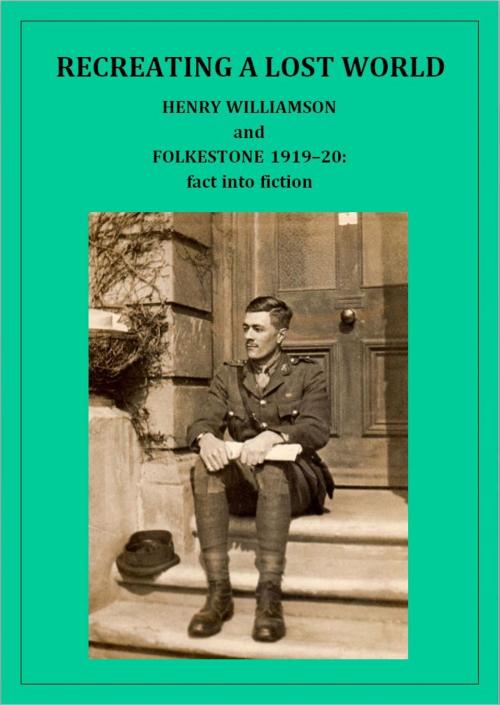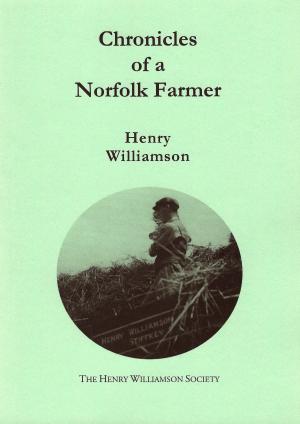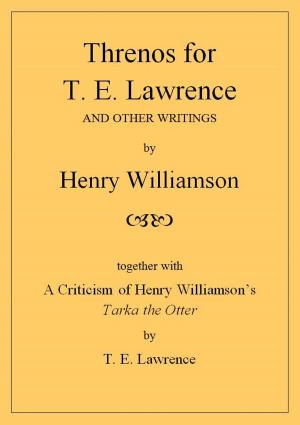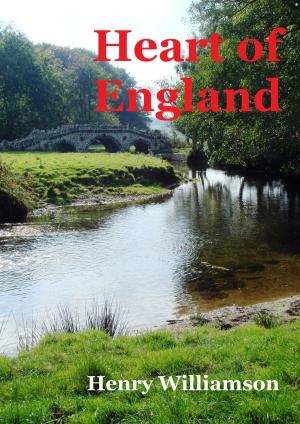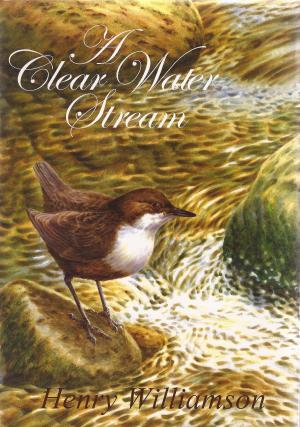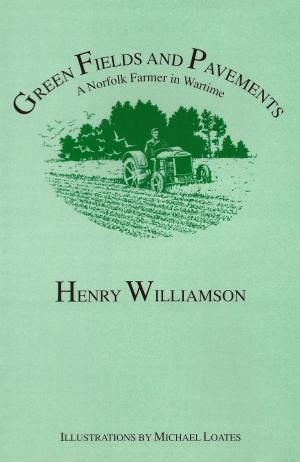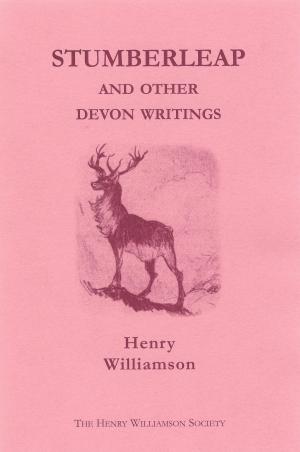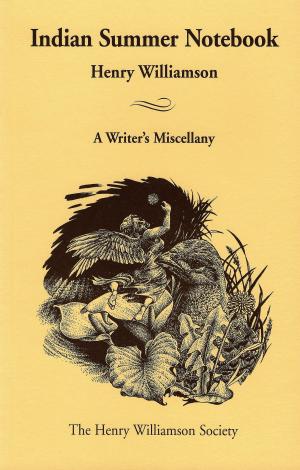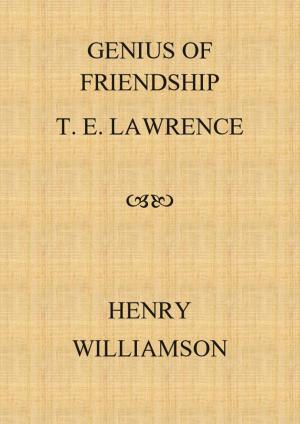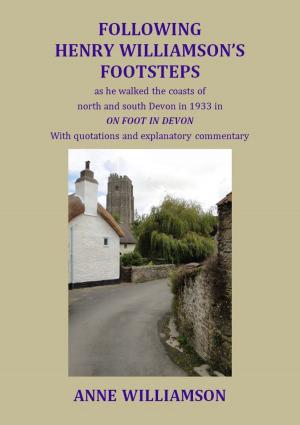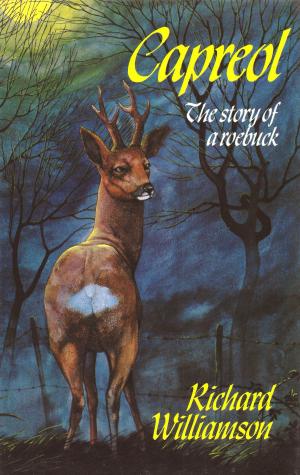Recreating a Lost World: Henry Williamson and Folkestone 1919-20: fact into fiction
Fiction & Literature, Literary Theory & Criticism, British| Author: | Henry Williamson | ISBN: | 9781873507698 |
| Publisher: | Henry Williamson | Publication: | February 18, 2014 |
| Imprint: | Smashwords Edition | Language: | English |
| Author: | Henry Williamson |
| ISBN: | 9781873507698 |
| Publisher: | Henry Williamson |
| Publication: | February 18, 2014 |
| Imprint: | Smashwords Edition |
| Language: | English |
Henry Williamson (1895-1977), nature writer and novelist, is perhaps best remembered today as a ‘nature’ writer, the author of the much-loved classics 'Tarka the Otter' and 'Salar the Salmon', although he wrote over fifty books during a long life, including the 'Flax of Dream' tetralogy and his major work, the 15-volume novel sequence 'A Chronicle of Ancient Sunlight'.
The first three of the novels comprising 'The Flax of Dream' were among his very early works. 'The Dream of Fair Women', the third in the series, was first published in 1924. 'The Dream of Fair Women' is set in Folkestone in the immediate post-First World War period of 1919, where Williamson, then still a soldier, was stationed. It tells the story of the love affair of the hero Willie Maddison (essentially Williamson himself) with the very desirable Eve Fairfax, the young wife of an army officer living in Folkestone. There are vividly written scenes of the town and its inhabitants during the summer of 1919, and in particular the Peace Day celebrations which took place on 19 July, culminating in a grand ball.
This era and place are also captured in two books in the 'Chronicle of Ancient Sunlight' series: 'A Test to Destruction' (1960) and 'The Innocent Moon' (1961).
'Recreating a Lost World' explores the real Folkestone and its personalities at that time, identifying the real-life models for fictional characters and showing how Henry Williamson translated place and people, and his own experiences, into his novels. The text is by Anne Williamson, with quotations from 'The Dream of Fair Women'. It is illustrated with eleven unique photographs from the Henry Williamson Estate’s literary archive and other illustrations.
Henry Williamson (1895-1977), nature writer and novelist, is perhaps best remembered today as a ‘nature’ writer, the author of the much-loved classics 'Tarka the Otter' and 'Salar the Salmon', although he wrote over fifty books during a long life, including the 'Flax of Dream' tetralogy and his major work, the 15-volume novel sequence 'A Chronicle of Ancient Sunlight'.
The first three of the novels comprising 'The Flax of Dream' were among his very early works. 'The Dream of Fair Women', the third in the series, was first published in 1924. 'The Dream of Fair Women' is set in Folkestone in the immediate post-First World War period of 1919, where Williamson, then still a soldier, was stationed. It tells the story of the love affair of the hero Willie Maddison (essentially Williamson himself) with the very desirable Eve Fairfax, the young wife of an army officer living in Folkestone. There are vividly written scenes of the town and its inhabitants during the summer of 1919, and in particular the Peace Day celebrations which took place on 19 July, culminating in a grand ball.
This era and place are also captured in two books in the 'Chronicle of Ancient Sunlight' series: 'A Test to Destruction' (1960) and 'The Innocent Moon' (1961).
'Recreating a Lost World' explores the real Folkestone and its personalities at that time, identifying the real-life models for fictional characters and showing how Henry Williamson translated place and people, and his own experiences, into his novels. The text is by Anne Williamson, with quotations from 'The Dream of Fair Women'. It is illustrated with eleven unique photographs from the Henry Williamson Estate’s literary archive and other illustrations.
